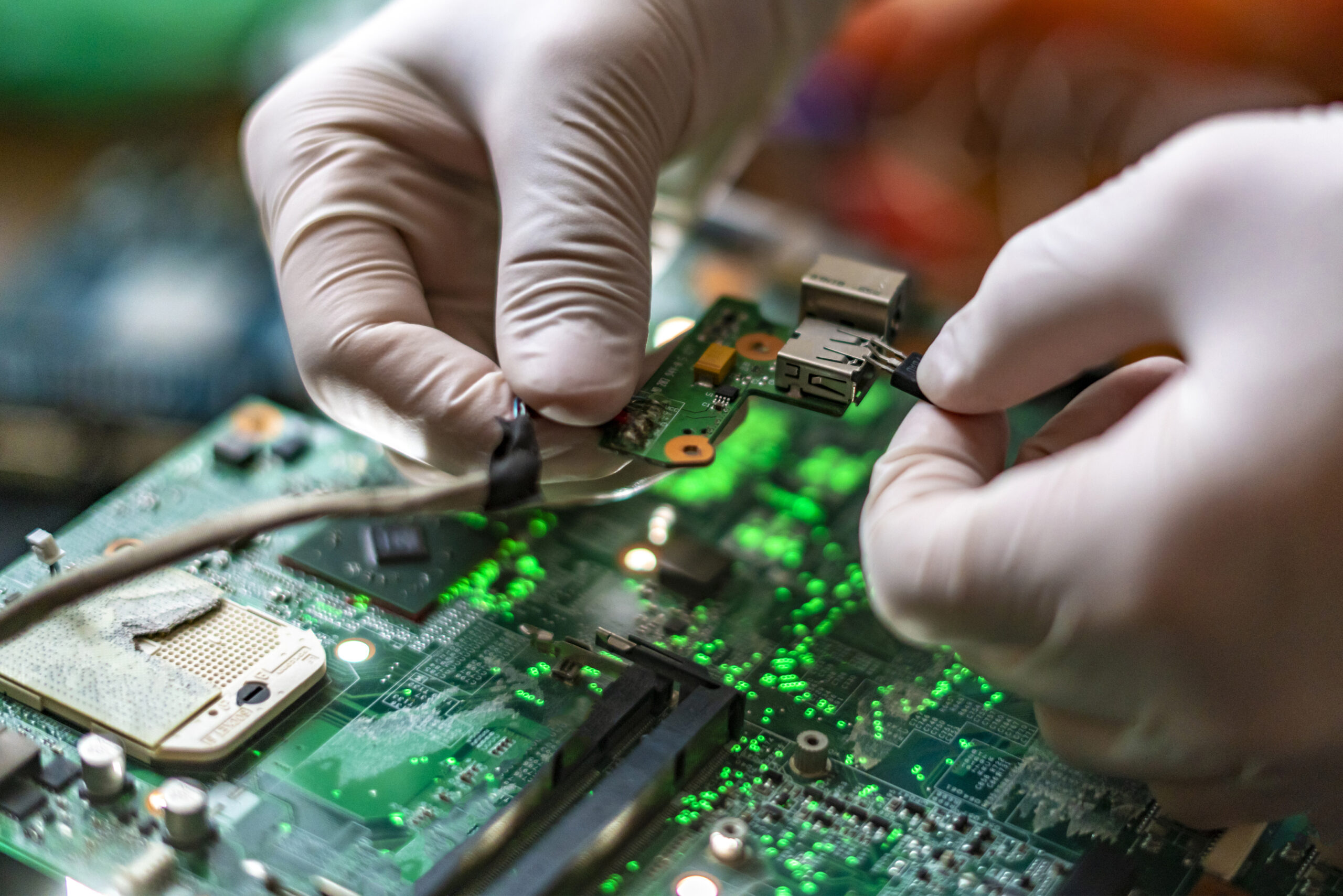Estimated reading time: 5 minutes
Printed circuit boards (PCBs) have changed the world in more ways than we know.
PCBs are the crucial part of electronics that make them work. They are made of boards, tracks, and components that are etched together within a mechanical structure.
The average person rarely sees these boards, but they play a critical role in our everyday lives.
Without printed circuit boards, the modernized world we live in today would be much different.
As PCB designs and capabilities advance, so do our technologies. From smartphones to refrigerators, cars to airplanes, and everything in between, we depend on printed circuit boards.
Here is a look at how PCBs are utilized and how they’re beneficial in today’s technology.
How Today’s Technology Is Utilizing PCBs
Stated by a pcb manufacturing company, PCBs are used in all electronic products. The device that you’re using to read this article relies on a printed circuit board to function. They’re so common that some of their uses might surprise you.
Automotive Devices
The automotive industry is leveraging printed circuit boards to create components such as radios, GPS systems, and engine and fuel management systems — as well as various sensors.
A selling point for new vehicle models is Smart Play or Bluetooth access, which lets you hook up your smartphone to your car to access messages, personal music, and contacts — PCBs are to thank here.
The PCBs used in automobiles can withstand high vibrations and extreme temperatures; they go through a more comprehensive certification and testing process than other devices.
Military Uses of PCBs
The U.S. military relies heavily on devices that contain PCBs.
Military personnel are sent to locations around the world, often working in extreme conditions. The devices and equipment they use must be able to withstand these conditions.
In this industry, devices are given improved efficiency by using through-hole soldering. This method of manufacturing helps the device stand up to more intense environments.
Commonly utilized devices in the military that contain printed circuit boards are two-way communication systems like walkie-talkies. They’re also used in radars, detectors, and robotic vehicles.
Consumer Technology Devices With PCBs
The digital revolution is here, and it’s here to stay.
How many times are you using an electronic device every day? Smartphones, smartwatches, televisions, laptops, microwaves, and Alexa are all part of the average person’s everyday life.
Without PCBs, the devices we use every day would be of lower quality and at a higher price. Printed circuit boards continue to get smaller and faster and have spoiled us with high-speed products.
Aerospace Uses of PCBs
Like the automotive industry, aerospace manufacturing uses printed circuit boards for electronic components made to be reliable — after all, people’s lives are at stake.
Devices used in the aerospace sector are even built to withstand the harsh conditions of outer space. This industry uses satellites, radios, microphones, plane gauging, and monitoring systems, along with all the other sensors needed for the aircraft to function.
Medical Components
The medical industry uses a wide array of devices that utilize printed circuit boards. PCBs allow important medical devices to perform with the necessary accuracy and reliability it takes to save lives. They also support less critical duties like front desk telephones.
When you go into a doctor’s office or hospital for a checkup or procedure, you’d most likely be able to spot at least three electronic devices.
The tool used to check your temperature runs on a PCB. Scanners such as ultrasounds, MRIs, and CT machines use electronic components. Blood pressure equipment and heart rate monitors also rely on devices that require accurate readings.
Patient devices such as implanted devices, pacemakers, and insulin trackers need to be made with parts and PCBs that are tiny and highly reliable.
Benefits of Using PCBs
As cars get smarter and consumer products get smaller, printed circuit boards must be designed to take up as little space as possible. Hundreds of functional components can be placed on one small circuit board. More modern PCBs allow for a compact design.
Using PCBs is advantageous to many industries because they have a compact design, are easy to rest and repair, have low assembly errors, and provide low noise and interference.
During the PCB manufacturing process, faulty boards can be spotted through testing processes and can be repaired or replaced with little to no trouble.
When manufacturers follow a successful PCB design, mass amounts of boards can be produced without error.
When designing PCBs, engineers and designers are able to arrange the component spacing on the boards to give them the effect they need. For instance, by reducing the path lengths between sensitive components, they can minimize the radiation pickup.
PCBs Are Here To Stay
Printed circuit boards have made our lives easier and will continue to do so.
They are being leveraged heavily in industries such as automotive, aerospace, medical, military, and consumer technology.
Advanced PCBs make it possible for engineers and designers to create more compact, more reliable products that can be tested before mass production. This repeatable process allows for electronic prices to remain reasonable, especially on a macro scale.
Share this content:
